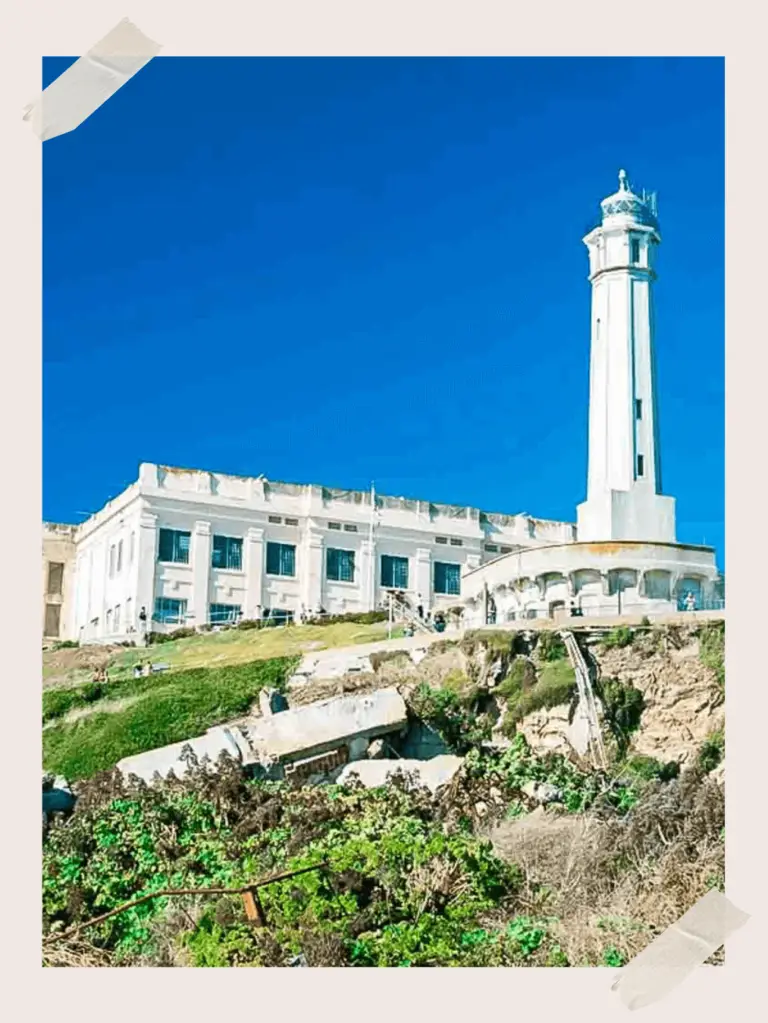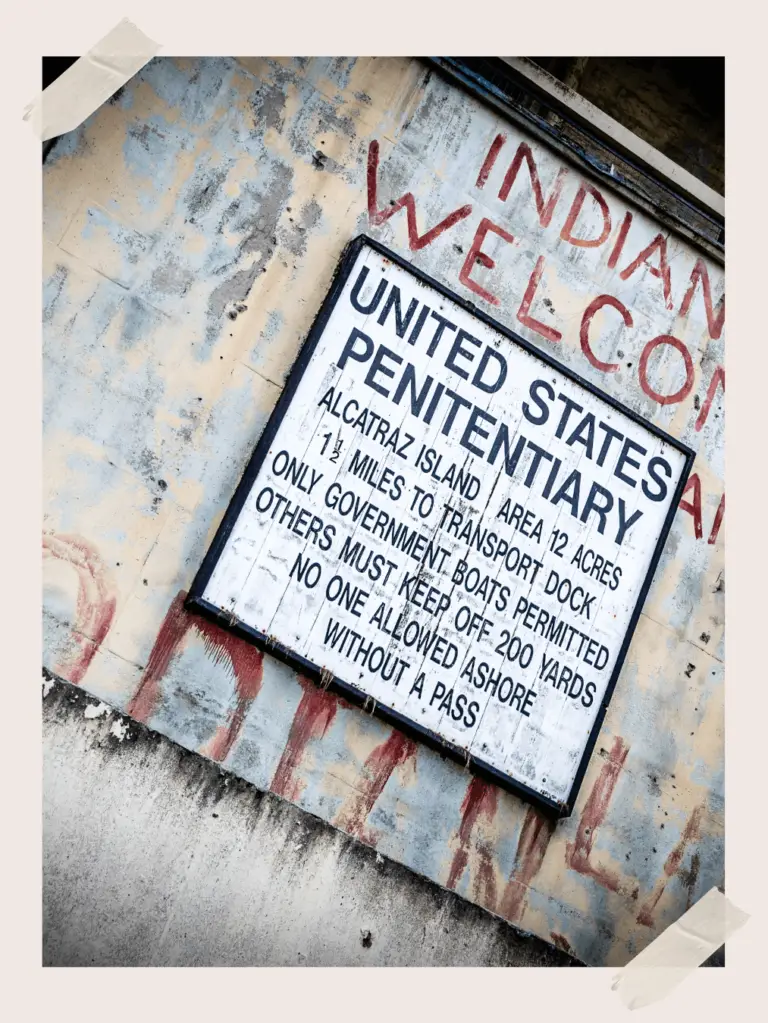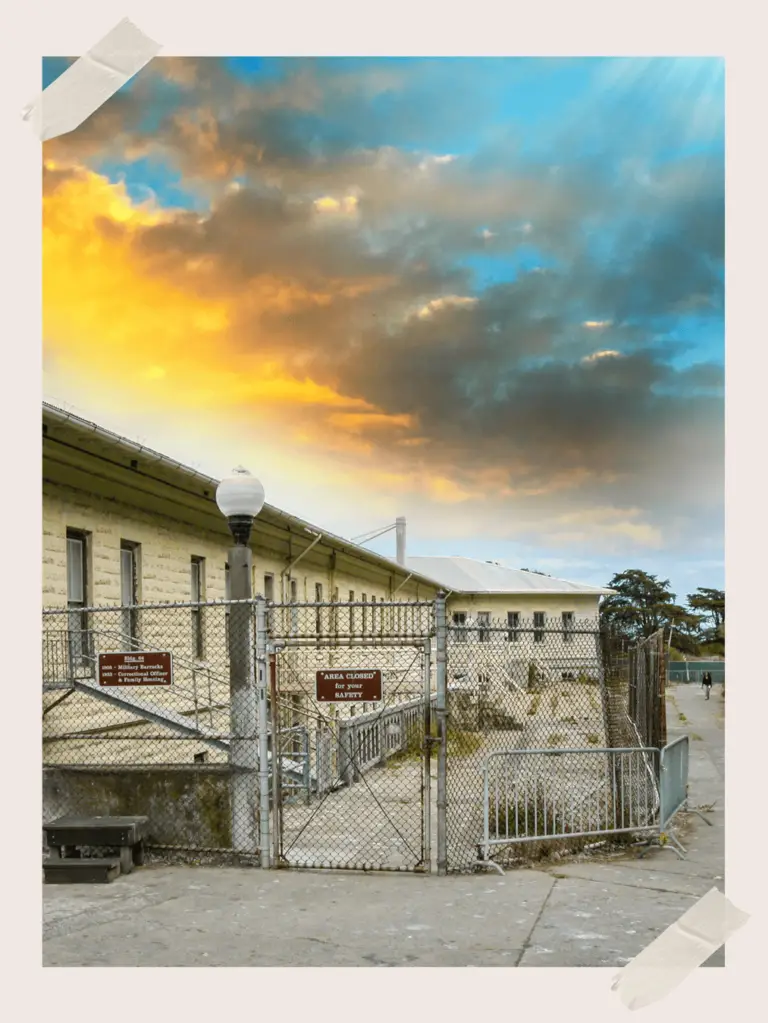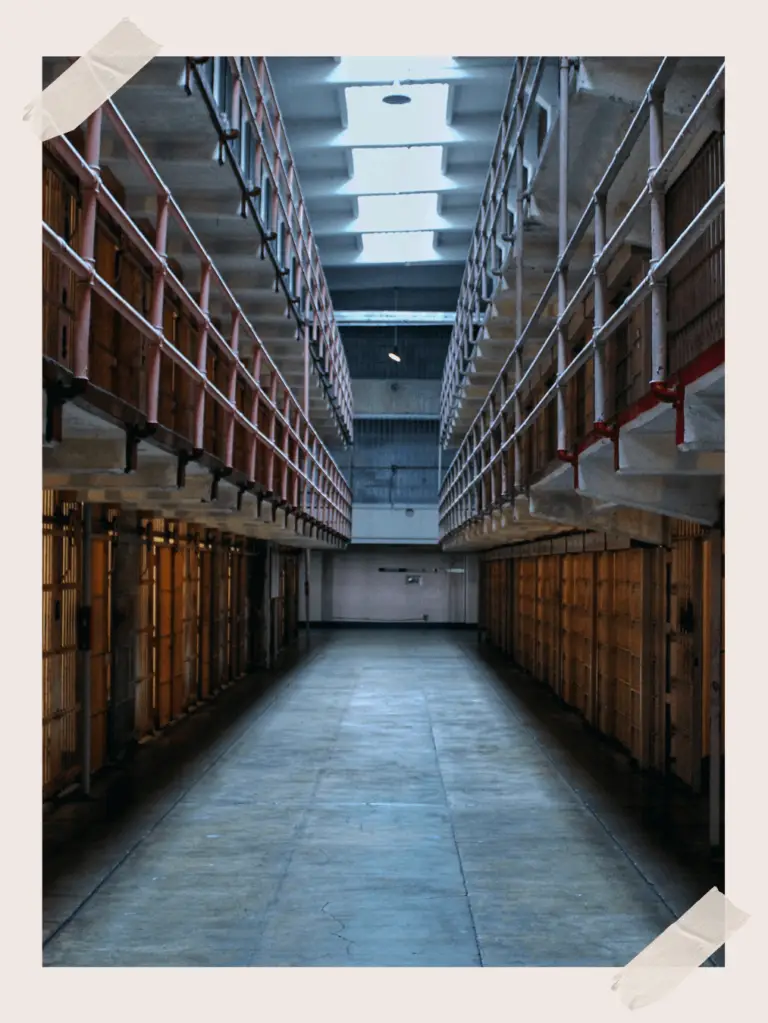

EXPLORE ALCATRAZ ISLAND

Alcatraz Island, located in Northern California, is a historic landmark cloaked in mystery and such an interesting location to visit. Nestled in San Francisco Bay, this island has been pivotal, serving as a military fortification, prison, and symbol of resilience. Explore its storied past, must-see cells, and immersive tours, and unravel the secrets of this iconic site.

Visit Alcatraz - History


Native American Occupation: Before the arrival of Europeans, Alcatraz was used by Native American tribes, particularly the Ohlone people, for thousands of years. They called the island “Island of the Blue Jays” or “Evil Island.”
Military Fortress: In the mid-19th century, the United States military began to fortify Alcatraz Island to protect San Francisco Bay. The island became home to a lighthouse, a military fort, and a military prison. During the Civil War, it served as a military prison for Confederate sympathizers.
Federal Prison: In 1934, Alcatraz was converted into a federal penitentiary to house some of the most notorious criminals in American history. The prison, often called “The Rock,” was known for its harsh conditions and high security. Inmates included Al Capone, George “Machine Gun” Kelly, and Robert Stroud, the “Birdman of Alcatraz.”
Native American Occupation (1969-1971): After the prison closed in 1963 due to high operating costs, the island was occupied by a group of Native American activists from 1969 to 1971. They claimed the island as Indian land under the Treaty of Fort Laramie and sought to establish a cultural and educational center. The occupation drew attention to Native American rights issues and led to improvements in federal Indian policy.
National Park: In 1972, Alcatraz Island became part of the Golden Gate National Recreation Area and is now managed by the National Park Service. Today, it is a popular tourist attraction, drawing over a million visitors annually who come to learn about its history and explore its natural beauty.

Visit Alcatraz - Federal Penitentiary


Alcatraz Island, known as “The Rock,” housed some of America’s most notorious criminals. Here are some stories about the prisoners of Alcatraz:
Al Capone: Perhaps the most famous inmate, Al Capone, also known as “Scarface,” was a notorious gangster who dominated the Chicago underworld during the Prohibition era. Capone was sent to Alcatraz in 1934 for tax evasion and continued to run his criminal empire from behind bars. Despite his notoriety, Capone’s health declined during his time on the island, and he was eventually transferred to a prison in California due to his deteriorating mental and physical health.
George “Machine Gun” Kelly: Another infamous inmate, George Kelly, earned his nickname due to his preference for the Thompson submachine gun. He was known for his involvement in kidnapping and bootlegging during the 1920s and 1930s. Kelly was sent to Alcatraz in 1934 and remained there until 1951. During his time on the island, Kelly was considered a model prisoner and was known for his good behavior.
Robert Stroud, the “Birdman of Alcatraz”: Contrary to popular belief, Robert Stroud did not actually keep birds while he was incarcerated at Alcatraz. Stroud was a convicted murderer who gained fame for his study and care of birds while serving time at Leavenworth Penitentiary. He was transferred to Alcatraz in 1942 and remained there until 1959 when he was transferred to a prison in Missouri, where he died in 1963.
Frank Morris and the Anglin Brothers: One of the most famous escape attempts from Alcatraz was made by Frank Morris and the Anglin brothers, Clarence and John. In 1962, they managed to escape from their cells through a hole they had painstakingly dug over several months. They then climbed out through a ventilation shaft and made their way to the shore using a makeshift raft made from raincoats. Despite an extensive search, their bodies were never found, and their fate remains unknown.

Visit Alcatraz - Construction


Alcatraz Island was built primarily with concrete and steel, reflecting the utilitarian and secure nature of its various uses as a military fortification, military prison, and federal penitentiary.
The structures on Alcatraz, including the cellhouse, barracks, and support buildings, were constructed using reinforced concrete, which provided durability and security. The cellhouse, in particular, was designed to be escape-proof, with thick concrete walls, steel cell doors, and narrow corridors.

DISCOVER YOUR NEXT
California Adventure.
Southern California
Central California
Northern California









